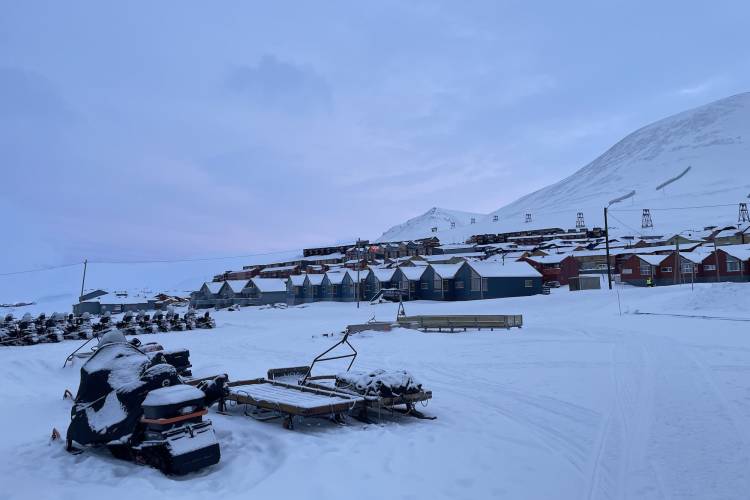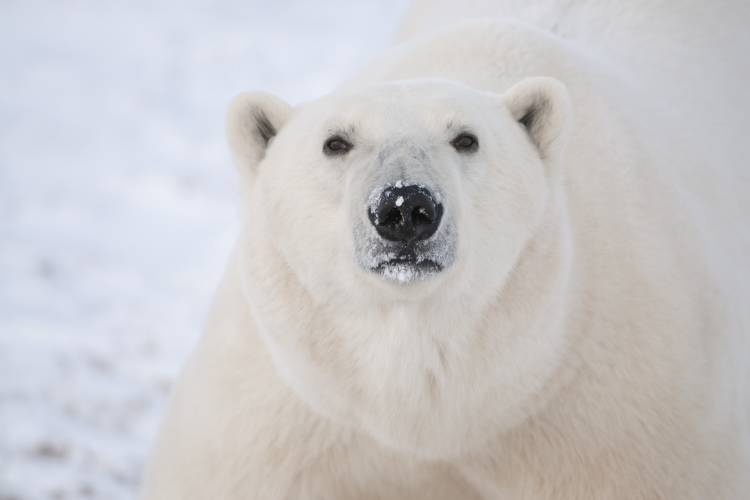I just arrived in Longyearbyen, the largest settlement on the Svalbard archipelago in the Norwegian Arctic. It’s always inspiring to be re-immersed in the landscape here—the vast snow-covered peaks, glaciers, and sea ice-filled fjords. Our regional scientist, Joanna Sulich, and I will begin prepping equipment and gear today with our partners at the Norwegian Polar Institute.
Once again this year, we will be conducting two research projects simultaneously—the second year of expanding our research in Svalbard during the denning period. The timing of this project is precise: We need enough daylight to conduct our research but also must complete our travel to den sites before the mother polar bears emerge from their dens with their cubs. This window lasts only a few weeks at most, so time is always of the essence. It’s been quite snowy in Longyearbyen lately, so we’re hoping for some weather windows that will allow us to safely conduct our research.

















